How To Take Care Of Your Opal Gemstone?
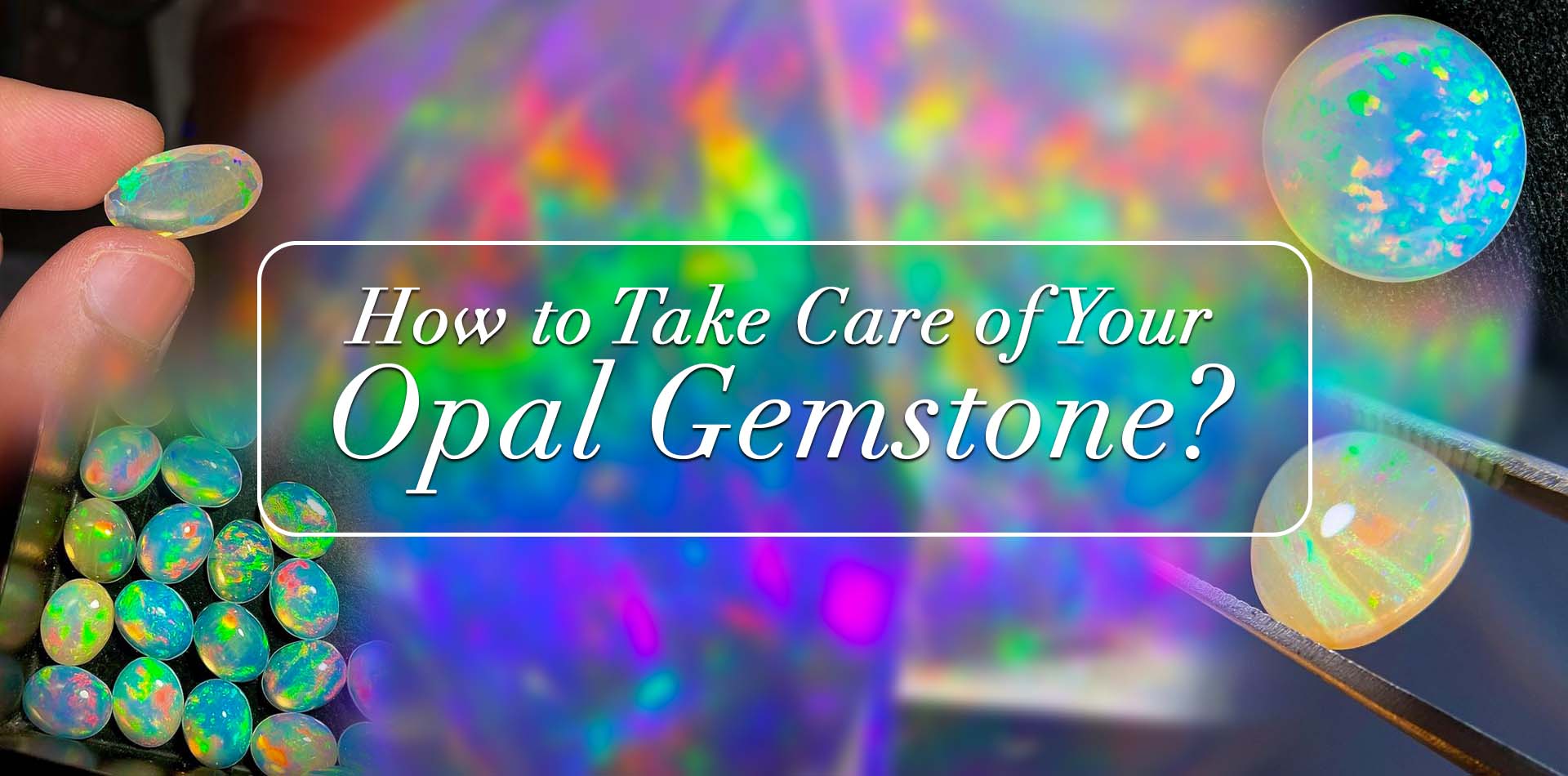
Opal are different in jewelry; a spell of play-of-color is like a ballet of flames. They are a beautiful creation of light and the hue of the cloth; when still orange changes to pastel colors, they turn towards the red end of the spectrum, deep red, blue, and green.
Having an original opal stone is like having a rainbow in one’s pocket that changes its color and eludes the grasp. However, that beauty comes with a frailty of some sort, or at least as suggested by the following line in the poem.
This material is fragile, so it must only be handled softly so that its delicate light can be retained. Let us go on a mystical voyage and learn how to properly care for natural opal stones as they must be treated.
The Nature of Opal
Before moving on to the mastership of Opal gemstone care, one must know more about them. original opal stones are made from a solution of silicon dioxide and water. This silica solution interacts with the earth for millions of years and penetrates all the cracks and recesses, where it solidifies to form opals.
This formation process makes original opal stones with up to 21% water content, and hence, they are easily affected by changes in the environment. In this case, opals come in several categories: black opals, white opals, fire opals, and boulder opals, each having its distinct appealing and caring characteristics.

Opal gemstones exhibit play-of-color as a result of light passing through large numbers of tiny silica spheres that form part of the real opal stone and which visibly scatter light in a kind of dazzling way. Amber has a somewhat similar nature but it is more towards a fiery nature.
Gentle Handling
They have intricate construction, and therefore, each operation should be done carefully when moving or handling original opal stones. In terms of hardness, opals range from 5. 5 to 6. 5 on the Mohs scale, and therefore, such gemstones are more easily scratched and chipped than diamonds or sapphires.
It is advisable to remove your Opal gemstone rings when gardening, doing other strenuous activities, or participating in sporting activities to prevent damage or scratching.
When handling necklaces and earrings, avoid pulling on the gems to avoid straining the rather delicate piece of jewelry. Also try reading 10 Awesome Facts About Opal Gemstones.
Hydration and Humidity
- Due to their lack of substantial content other than water, real opals can be easily damaged by changes in humidity or temperature.
- Opals are sensitive to rapid alternation of temperature differences or high temperatures; thus, if you place them suddenly in a hot environment, they may crack up or craze, which is the formation of lines on the face of gems.
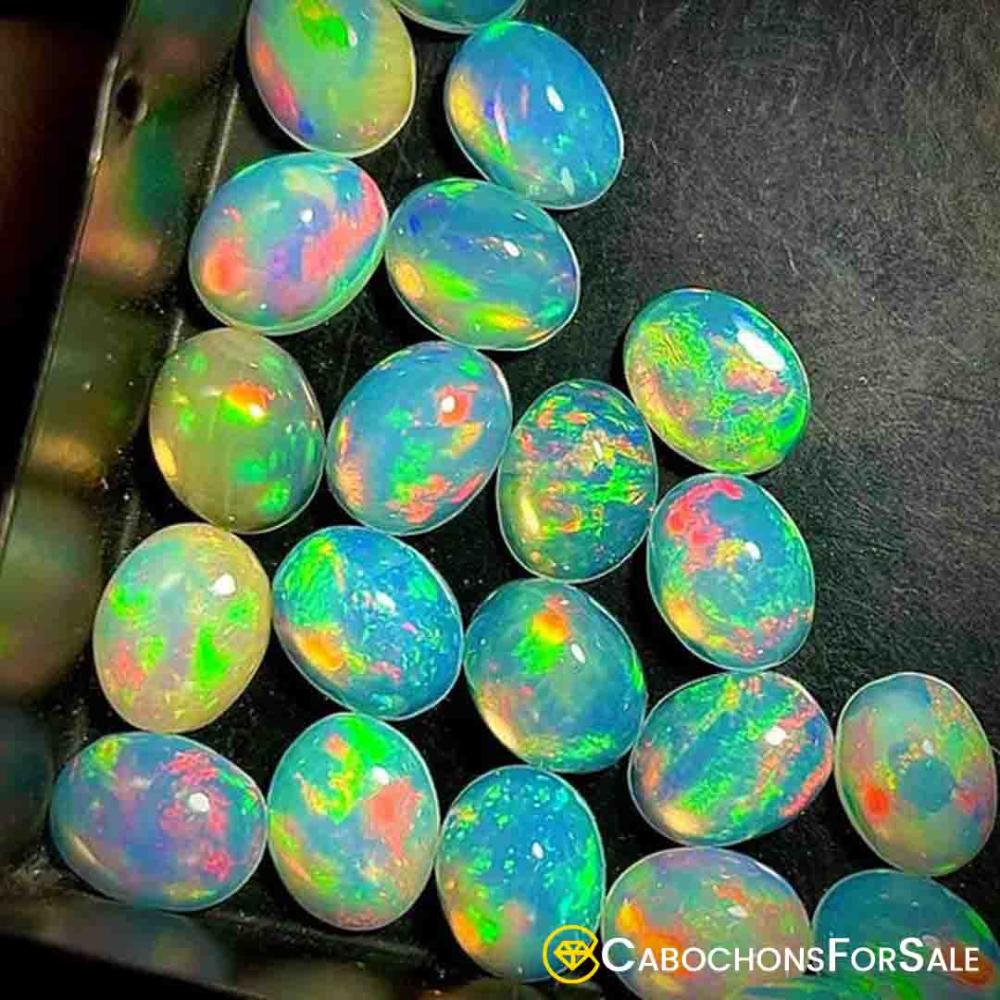
- Maintaining the opal’s moisture level is essential; the most advisable storage place is an excellent, moist area.
- One common technique is to put the gem in a plastic bag and put wet cotton or a few drops of water on it. Citrine is another gem that craves a lot of hydration.
- This creates humidity, retains the stone’s moisture, and prevents drying out. However, do not let the stone remain wet for several hours, as this, too, can be detrimental to it.
Cleaning with Care
Due to their nature, original opal stones should ideally not be cleaned. For opal jewelry set in silver or gold, we have to use a very mild jewelry cleaner appropriate for tender gemstones, and it should not contain components such as ammonia.
However, in cases of uncertainty, it is always advisable to have the real opals professionally cleaned by a jeweler who is well-versed in this kind of stone. To know more about this read: What Are The Properties Of Opal Gemstone?
Storage and Safekeeping
A piece of jewelry with natural opal stone must be stored correctly to ensure it does not lose its shine. It is also best to store opal jewelry in a different section, box, or area than other jewelry, as they get scratched and irritated easily.
Other options that can be used are soft pouches or lined jewelry boxes with separate divisions to offer a cushioning environment.

For other less-fitting natural opal stones, it is recommended that they be wrapped in soft cloth or tissue paper and then placed in a jewelry box. Do not keep opals in direct sunlight for long, as Opals fade if exposed to sunlight for long.
Restoration and Repair
- Still, many natural opal stones, even with the best attention, may need some repair work at one point or another.
- If an opal gets scratched, chips, or loses its shine, you should take it to an expert in jewelry, especially opals.
- They can re-polish the stone, make it look new again, and undertake a repair process on the same.
- For opal jewelry, one should take the ornaments to a jeweler for a checkup frequently to see that the setting and prongs are in good condition, such that the opal cannot drop off.
- If you have an opal in a ring, advise going to a jeweler to have the setting checked once a year if the ring is frequently used.
Conclusion
Owning a natural opal stone means that one has to treat it with a lot of care. It can be said that it is a time-consuming process that may necessitate careful handling of the gemstone. Every opal is unique—a work of art of Mother Earth and a gemstone that holds the voice of the world from millions of years ago and the shine of the universe above.
This story of opal growth is associated with the process of its protection, and consequently, the guardian of the heavenly light turns out to be the person who nurtures opal.
That connection with your opal reiterates the desire for gemstones, a tribute to the beauty God created. To preserve your opal, you are respecting its history and thus helping its glittering ballet go on for another century.
Approach the task of opal maintenance as a rite of passage, for in doing so, you are safeguarding a piece of the living world’s greatest masterpiece – the opal.

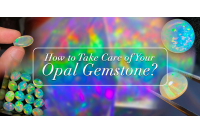


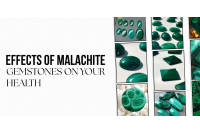
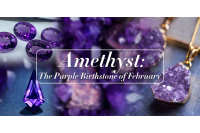
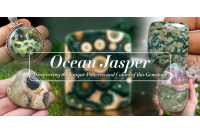

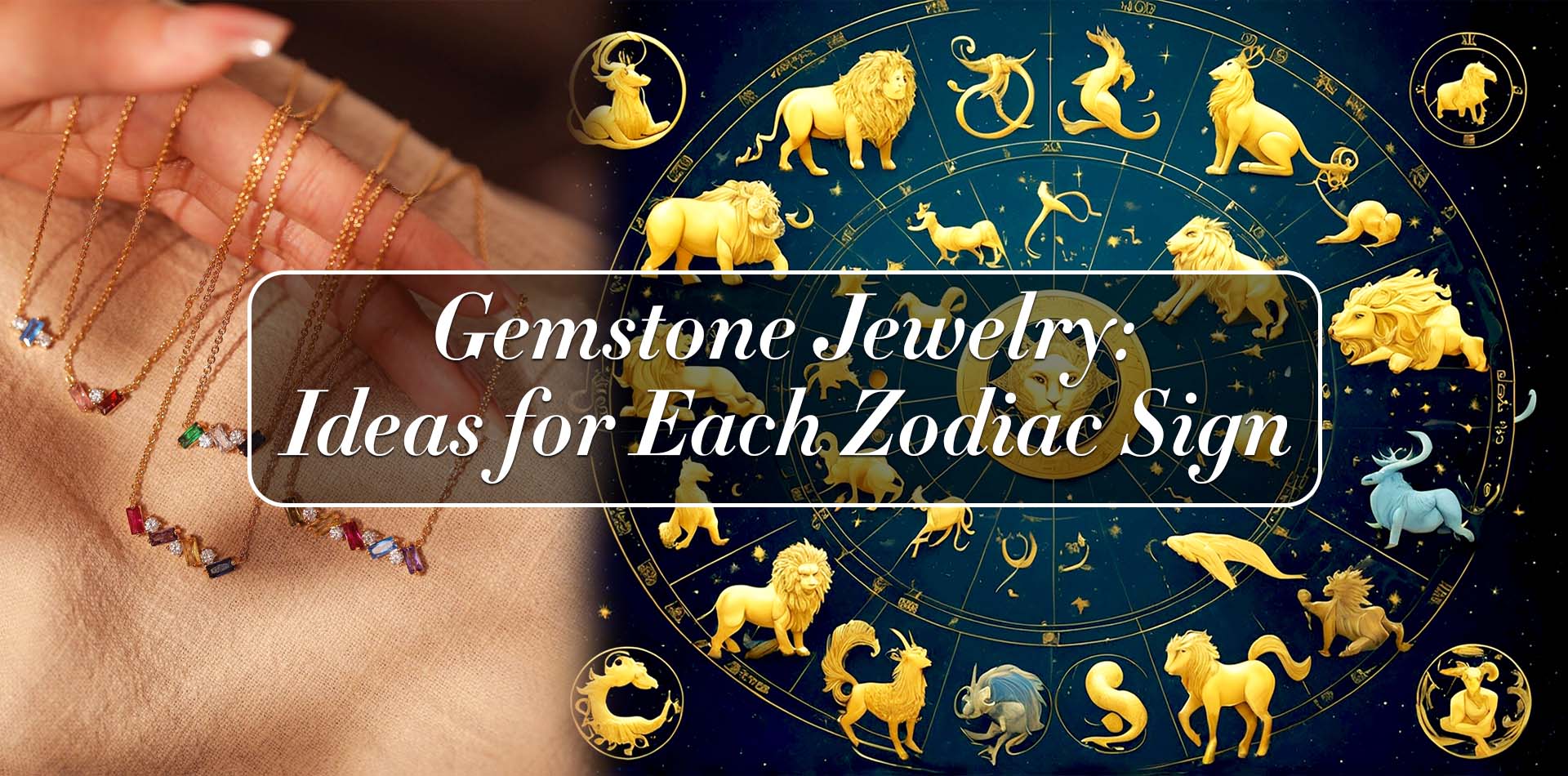

Validate your login
Sign In
Create New Account